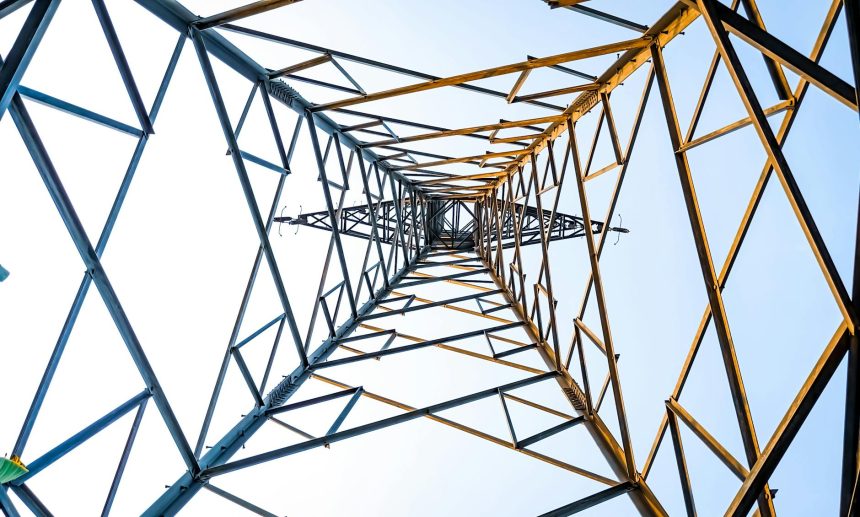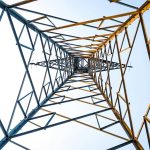Zaporizhzhia Nuclear Power Plant: 5 Critical Safety Questions Answered
The world watches with bated breath as the Zaporizhzhia Nuclear Power Plant (ZNPP), Europe’s largest nuclear facility, navigates an unprecedented crisis. Situated in an active conflict zone, the plant’s operational stability is a global concern, raising urgent questions about nuclear safety. Maintaining a consistent power supply to its critical systems is not merely a technical challenge; it’s a matter of preventing potential catastrophe. This article delves into the crucial issues surrounding ZNPP, exploring why every local truce and power line repair holds immense significance.
Understanding the Zaporizhzhia Nuclear Power Plant’s Vulnerabilities
The inherent design of any nuclear power plant, especially one as massive as the Zaporizhzhia Nuclear Power Plant, demands constant vigilance. Its complex infrastructure relies heavily on an uninterrupted power supply to function safely. Even when reactors are shut down, cooling systems for spent fuel pools and other vital components require continuous electricity.
The Critical Need for External Power
External power lines are the lifeblood of a nuclear facility. They provide the electricity necessary to operate cooling pumps, control room instrumentation, ventilation systems, and other essential equipment. Without this external grid connection, the plant must rely on backup generators, which are finite resources.
Why ZNPP’s Design Requires Constant Power
Modern nuclear reactors, including those at ZNPP, are designed with multiple layers of safety. However, these layers assume a stable operating environment. When external power is lost, the plant’s emergency diesel generators kick in, but these too can be compromised or run out of fuel. This dependency underscores the fragility of nuclear safety in a conflict zone.
Local Truces: A Lifeline for Zaporizhzhia Nuclear Power Plant Safety
Recent reports of local truces around the Zaporizhzhia Nuclear Power Plant highlight the desperate measures required to maintain its integrity. These temporary ceasefires are not about political gains; they are about allowing critical repairs to proceed. The international community, led by organizations like the IAEA, has consistently called for the demilitarization of the area to ensure ongoing access for maintenance.
Immediate Repairs for Damaged Infrastructure
Damaged power lines are a direct threat to ZNPP’s operational stability. When these lines are severed, the plant loses its primary power source, forcing it onto backup systems. Repair crews, often working under immense pressure, must access these volatile areas to restore connectivity. This task is both dangerous and absolutely essential.
- Assessment: Engineers evaluate the extent of damage to transmission lines.
- Secure Access: Local truces provide a window for safe passage.
- Repair Work: Specialized teams mend or replace damaged segments.
- Reconnection: Power is restored, stabilizing the plant’s supply.
- Monitoring: Continuous oversight ensures the integrity of the repaired lines.
Preventing a Catastrophic Loss of Power to Critical Systems
A prolonged loss of off-site power, coupled with the failure of emergency generators, could lead to a ‘station blackout.’ This scenario would jeopardize the cooling of reactor cores and spent fuel pools, potentially leading to overheating, fuel damage, and the release of radioactive materials. The stakes for the Zaporizhzhia Nuclear Power Plant could not be higher.
International Concerns and Safeguards for ZNPP
The global community remains deeply concerned about the situation at the Zaporizhzhia Nuclear Power Plant. International bodies are actively working to mitigate risks and ensure the plant’s safety. Their efforts are crucial in navigating this unprecedented challenge.
IAEA’s Monitoring and Intervention Efforts
The International Atomic Energy Agency (IAEA) has maintained a continuous presence at the ZNPP, providing invaluable insights and technical assistance. Their experts monitor the plant’s condition, assess damage, and report on the status of its safety systems. This independent oversight is vital for transparency and trust. You can find more information on their crucial work at IAEA Official Website.
Proactive Measures to De-escalate Tensions
Beyond technical repairs, diplomatic efforts are continuously underway to establish a safety and security protection zone around the nuclear facility. This demilitarization would significantly reduce the risk of direct strikes or collateral damage, offering a more stable environment for the Zaporizhzhia Nuclear Power Plant to operate safely. These discussions often involve complex negotiations between warring parties and international mediators.
Long-Term Implications for Nuclear Facilities in Conflict Zones
The crisis at the Zaporizhzhia Nuclear Power Plant serves as a stark reminder of the vulnerabilities of nuclear infrastructure in areas of conflict. It underscores the urgent need for new international protocols and robust safety measures.
Developing Robust Emergency Protocols
The current situation necessitates the development of enhanced emergency protocols tailored for conflict zones. These protocols must address scenarios like prolonged power outages, limited access for repairs, and potential attacks on infrastructure. Learning from ZNPP’s experience is paramount for global nuclear safety.
- Establish secure, redundant power supply routes.
- Pre-position emergency equipment and fuel reserves.
- Train personnel for operations under extreme duress.
- Develop rapid response mechanisms for external power failures.
- Implement clear communication channels with international bodies.
The Global Call for Demilitarization Around Nuclear Sites
The principle of protecting civilian nuclear facilities during armed conflict is enshrined in international humanitarian law. However, the events at ZNPP highlight gaps in enforcement and protection. There’s a growing call for the explicit demilitarization of areas surrounding nuclear power plants worldwide to prevent similar crises. Learn more about the principles of international humanitarian law at International Committee of the Red Cross.
Conclusion: Ensuring the Zaporizhzhia Nuclear Power Plant Remains Secure
The Zaporizhzhia Nuclear Power Plant stands as a potent symbol of global nuclear safety challenges. From the immediate need for local truces to repair damaged power lines, to the long-term imperative of demilitarization and robust safety protocols, the stakes are undeniably high. Ensuring a stable power supply to ZNPP’s critical systems is not just a regional issue; it’s a global responsibility that demands continuous attention and decisive action. It’s time for collective action and unwavering vigilance. What are your thoughts on safeguarding the Zaporizhzhia Nuclear Power Plant and other critical infrastructure globally?
The Zaporizhzhia Nuclear Power Plant faces unprecedented safety challenges due to conflict. Learn why power line repairs and local truces are crucial for its critical systems and global nuclear security.









